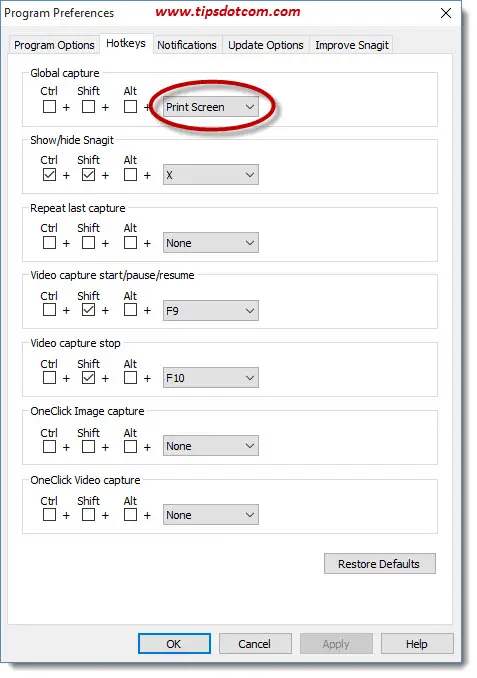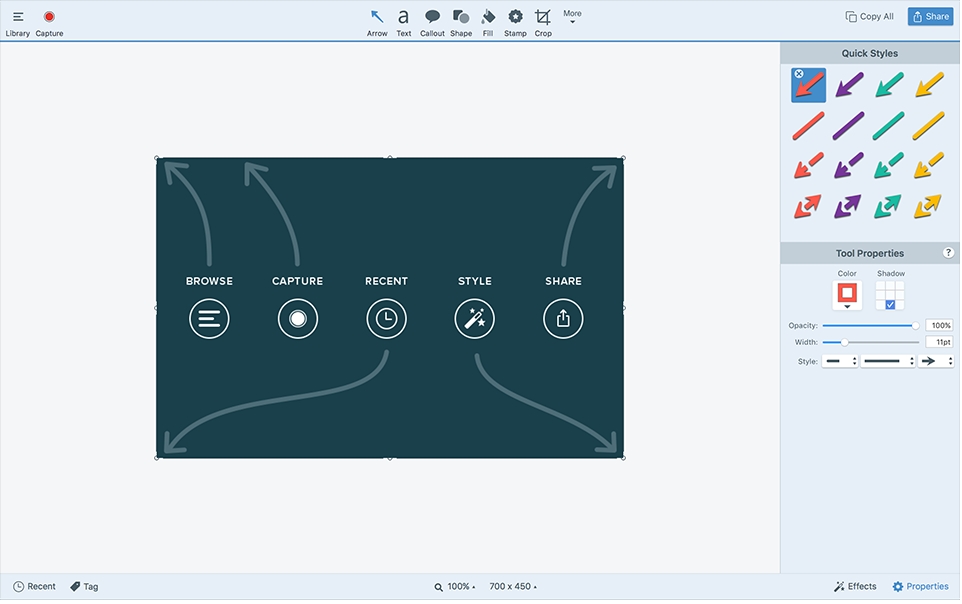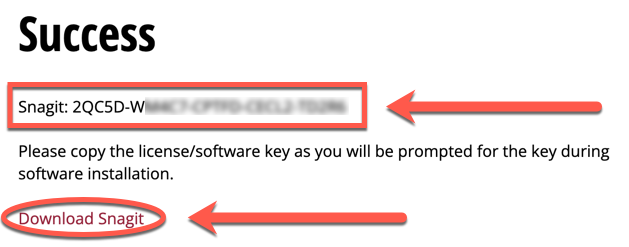

- #SNAGIT 8 KEY BINDINGS INSTALL#
- #SNAGIT 8 KEY BINDINGS FULL#
- #SNAGIT 8 KEY BINDINGS PLUS#
- #SNAGIT 8 KEY BINDINGS FREE#
- #SNAGIT 8 KEY BINDINGS WINDOWS#
In the Categories box, press DOWN ARROW or UP ARROW to select the category that contains the command or other item that you want to assign a keyboard shortcut to or remove a keyboard shortcut from. Press the TAB key repeatedly until Customize is selected at the bottom of the dialog box, and then press ENTER. Press DOWN ARROW to select Customize Ribbon. Press ALT+F, T to open the Word Options dialog box. Use just the keyboard to assign or remove a keyboard shortcut In the Current keys box, select the keyboard shortcut that you want to remove. Note: If you use a programmable keyboard, the key combination CTRL+ALT+F8 might already be reserved for initiating keyboard programming. If the combination is already assigned, type a different combination. Look at Current keys (or Currently assigned to) to see whether the combination of keys is already assigned to a command or other item.
#SNAGIT 8 KEY BINDINGS PLUS#
For example, press CTRL plus the key that you want to use. In the Press new shortcut key box, press the combination of keys that you want to assign. To assign a keyboard shortcut do the following:īegin keyboard shortcuts with CTRL or a function key. In the Commands box, select the name of the command or other item that you want to assign a keyboard shortcut to or remove a keyboard shortcut from.Īny keyboard shortcuts that are currently assigned to that command or other item appear in the Current keys box, or below the box with the label Currently assigned to. In the Categories box, select the category that contains the command or other item that you want to assign a keyboard shortcut to or remove a keyboard shortcut from. In the Save changes in box, select the current document name or template that you want to save the keyboard shortcut changes in. Use a mouse to assign or remove a keyboard shortcutĪt the bottom of the Customize the Ribbon and keyboard shortcuts pane, select Customize. You can assign or remove keyboard shortcuts by using a mouse or just the keyboard. You can customize keyboard shortcuts (or shortcut keys) by assigning them to a command, macro, font, style, or frequently used symbol. Which of these tools will you use to grab screen clippings to add to your Microsoft OneNote notebooks?įind other time-saving Microsoft OneNote shortcuts, tips and tricks at /OneNote.Word for Microsoft 365 Word 2021 Word 2019 Word 2016 Word 2013 Word 2010 More. Once the screen capture is in the Clipboard, use your favorite Paste command to add the captured images to OneNote or other documents.Īdditionally, you might consider a paid screen capture program such as TechSmith’s SnagIt, which includes a wide range of choices to format, edit and save your screen clippings. + : Captures the current window or dialog box.
#SNAGIT 8 KEY BINDINGS WINDOWS#
#SNAGIT 8 KEY BINDINGS FREE#
Finally, pick Clip to insert the OneNote screen clipping into the notebook.Īlthough these options do not let you control the screen area you want to clip or capture, there are two other free ways to grab a screen capture in Microsoft Windows by using the Print Screen key (the label varies on different keyboards).

#SNAGIT 8 KEY BINDINGS FULL#
#SNAGIT 8 KEY BINDINGS INSTALL#
Once you install the OneNote Web Clipper browser extension, the icon (OneNote icon) will appear to the right of the URL bar. However, if you access this link from the Microsoft Edge browser, you can now install a Chrome add-in within Edge. This free add-in is available for the Chrome browser. The OneNote Web Clipper app installs in your browser to save, annotate, and organize web content. Move to the file where you want to add the screen capture (this doesn’t have to be a OneNote page) and use your favorite Paste command (mine is + V) to insert the screen clipping.The screen clipping is now in the Windows Clipboard.

To create a screen clipping at any time from Windows:

Right-click the OneNote icon in the Windows Notification area (on the right side of the taskbar), and choose Take screen clipping or press Windows + + S.


 0 kommentar(er)
0 kommentar(er)
